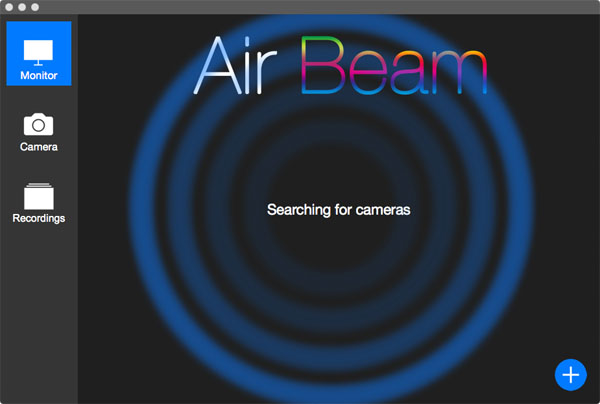
Principle crack for mac update#
TV is brand new and it worked flawlessly until the last Mac security update was installed, and now once I manage to get it to work, if the computer goes to sleep, it wakes up without the second monitor. Turning TV off and on also fixed, as did selecting another input and then back to Mac. My monitor sees my iMac telling me signal is received, but indicates weak signal and displays black. If I also quickly add command F1, same result. Power down, disconnect/reconnect, hold option down through the boot cycle… it comes up to user login. There is plenty of literature around the how and why of apple Tv jailbreaking.ĭoes this not work if you use a wireless keyboard because the detect keyboard is late in the boot cycle? Or do I still not understand either version of instructions? If the apple TV is jailbriken, then you can use some other formats and a whole lot of other programs.

The less elegant way to do all this is to have a Apple TV connected by ethernet or wifi to your router, and a mac mini to the same router, and then the Sony TV will accept anything your mac mini has, provided it is iTunes compatible. to play the movies in different formats, it is necessary to switch the output from built in speakers to an amplifier (painfully, every time) and then the sound comes from the amp-speaker combo and the picture from the TV. But in the quicktime / ELMedia player etc. I also have a USB out to my DAC for music, which is the principal purpose of the mac mini. Then i restarted the mac mini, as before. I switched off the mac mini, disconnected the HDMI, connected it back, switched on the mac mini, AND HELD DOWN THE OPTION BUTTON THROUGHOUT, then pressed CMD+F1. Hence when connecting with HDMI to a Sony Bravia, the mac mini did not recognise the Sony and vice versa. It appears that this leaves the mac mini with the memory of the samsung. I had earlier used a samsung with the mac mini, and straight out of the box, it matched with the samsung. Initially I was disheartened after reading all that has been written in this particular article comments section, but luckily I managed to crack this.

Hi Everyone – I have solved this problem with the help of telephone support. Using the “detect” feature should be the first troubleshooting step taken if you can’t find a video output device that is connected to a Mac, though more advanced methods may need to be taken if there are other issues, such as flickering or noisy displays, which may require an SMC reset to resolve.Īlso, sometimes simply rebooting a Mac with the external display connected can resolve some unusual display and monitor issues. Nonetheless, sometimes you have to forcibly detect an external display, which is why this feature is a little curious to hide by default.
Principle crack for mac mac os#
It should be pointed out that having the “Detect Displays” button not being visible in Mac OS is not an indicator of a problem or a bug, and it’s certainly not indicative of an issue with the output device, it’s simply hidden from casual use, presumably because most of the time the Mac usually has no issues finding and connecting to external screens. Of course you’ll want to be sure the physical connection is secured for the external display, and if you’re having any issues check the cables to the LCD monitor, projector, or TV.

With the secondary display to detect already connected to the Mac, do the following:
Principle crack for mac how to#
How to Use Detect Displays for External Screens on a Mac If you’re having any issues either showing the feature or getting an external screen to show up properly, this is what you’ll want to do. This applies to secondary displays of all types, whether it’s an external monitor, AirPlay mirroring, AirDisplay, a projector, an HDMI connection to a TV, or whatever other additional screen you have attempted to connect to the Mac. This does not indicate a problem with the Mac or with the external screen you wish to use, you simply have to toggle the Option key to make the detect feature visible and then be able to run the detection as usual. Like some other features in new versions of macOS and Mac OS X, the “Detect Displays” button is now hidden by default, no longer immediately visible in the Display Preferences of macOS Monterey, macOS Big Sur, macOS Mojave, Sierra, macOS High Sierra, OS X El Capitan, OS X Yosemite, and OS X Mavericks.


 0 kommentar(er)
0 kommentar(er)
